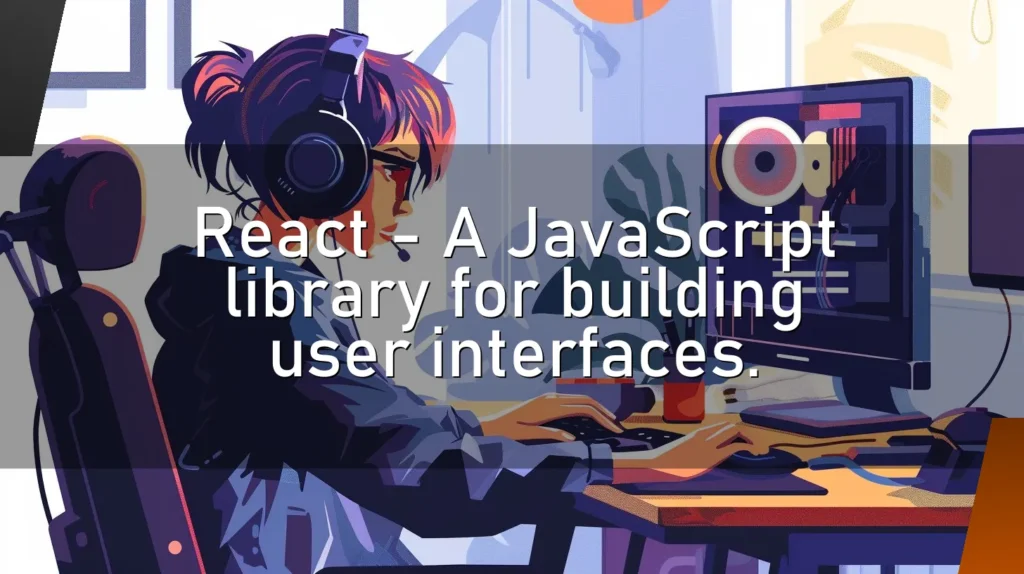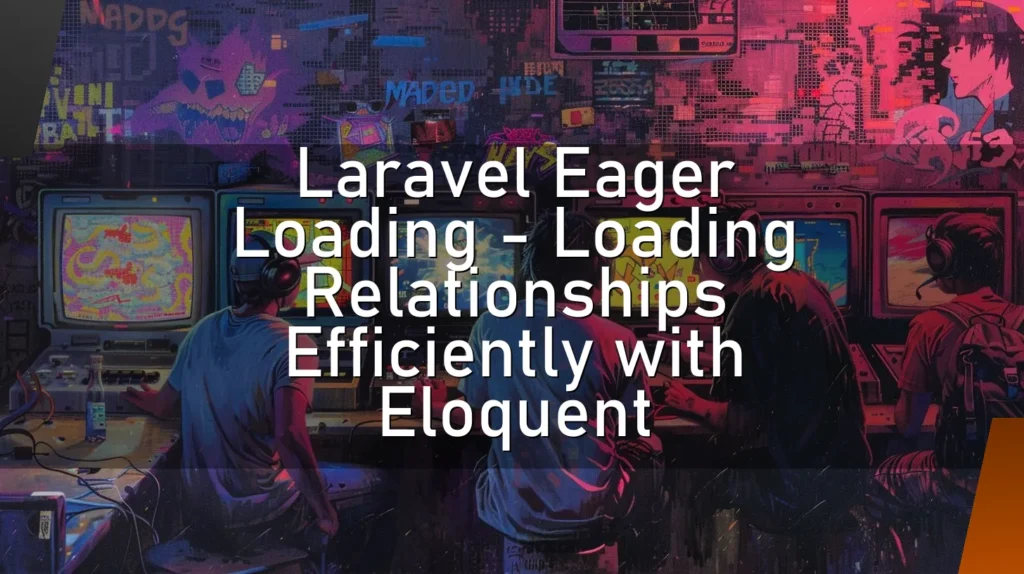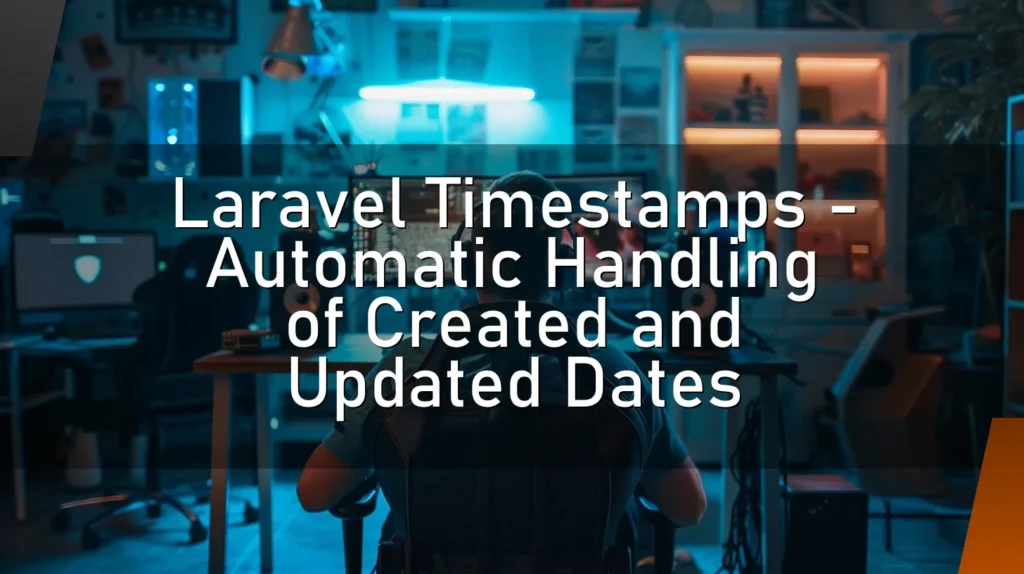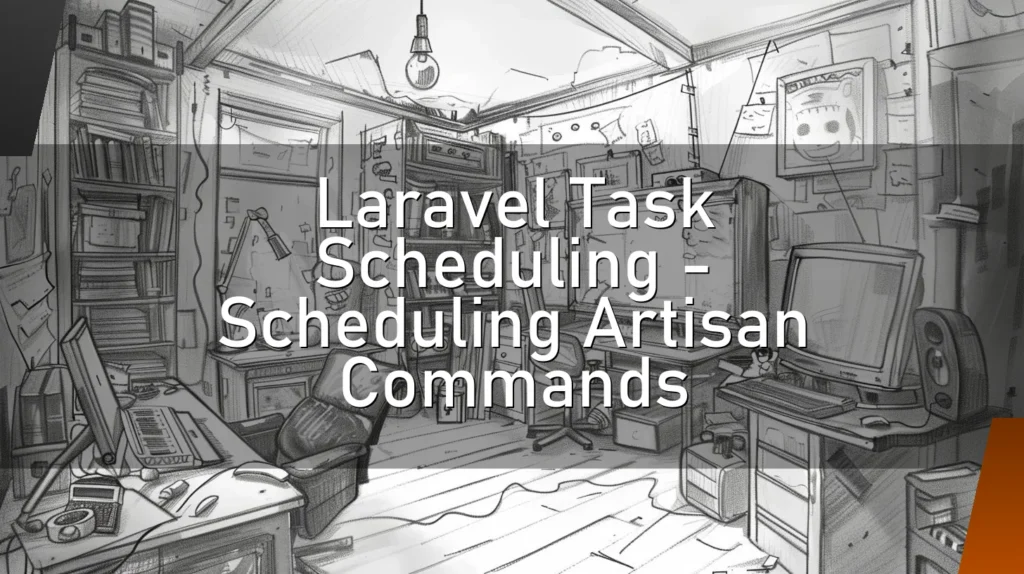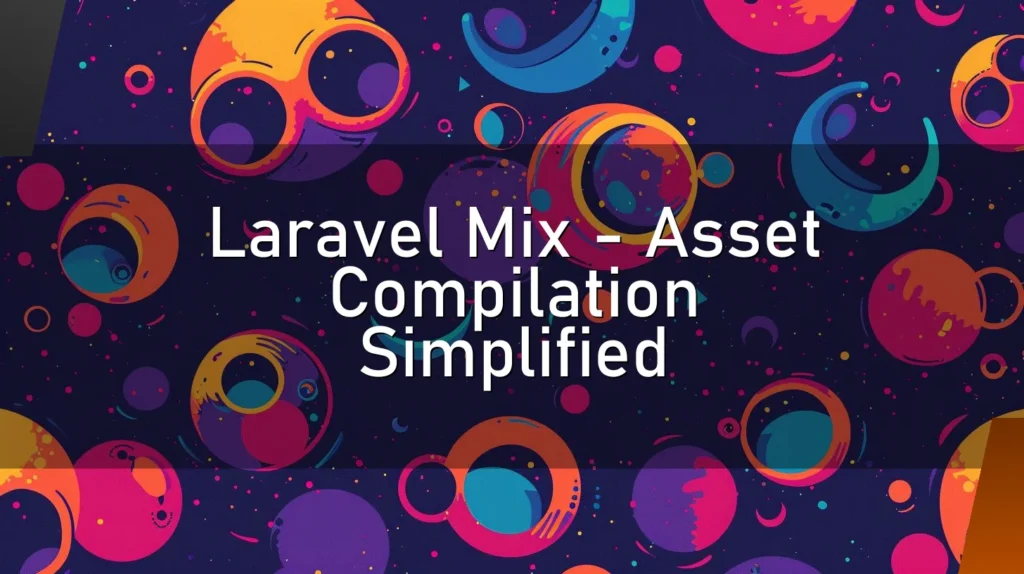React – A JavaScript Library for Building User Interfaces
Introduction
Welcome to the wonderful world of React! No, it’s not a new chemical element (though sometimes it feels like it). React is a JavaScript library that makes creating user interfaces a piece of cake. 🍰 Whether you’re a seasoned developer or someone who still types "Google" into Bing to find Google, this guide is for you!
How a Nerd Would Describe It
Imagine a nerd with thick glasses, surrounded by stacks of coding books and energy drink cans. This is how they’d describe React:
“React is an open-source JavaScript library maintained by Facebook and a community of individual developers and companies. It’s used for building dynamic, single-page applications through the use of components—a way to encapsulate code into reusable, modular blocks. It employs a virtual DOM to enhance performance, and it leverages a declarative paradigm for coding user interfaces.”
In simpler terms: React is the Gandalf 🧙♂️ of the JavaScript world, casting spells to create magical user interfaces.
This Chapter Is for a Simple but Concrete Explanation
Alright, let’s break it down. React is like LEGO blocks 🧱 for your website. Each block (component) is a piece of your user interface. You can build these blocks, snap them together, and voilà—you have a fully functional, interactive website. Think of it as a toolkit that helps you build web apps quickly and efficiently.
🔍 Details
Components: These are the heart ❤️ of React. They can be seen as JavaScript functions or classes that optionally accept inputs (called "props") and return React elements that describe what should appear on the screen.
Virtual DOM: React uses a virtual DOM to make updates faster. Instead of updating the whole DOM every time something changes, it updates only the parts that actually need changing. 🏎️
JSX: This stands for JavaScript XML. It’s a syntax extension that allows you to write HTML-like code within JavaScript. It’s like writing a love letter 💌 to both HTML and JavaScript.
State: This is how you keep track of changing data in your application. Imagine it as a dynamic diary 📓 that updates as your app grows and evolves.
Other Similar Words Which Nerds Use
- Angular: Another popular JavaScript framework, but more opinionated and less flexible than React.
- Vue: A progressive JavaScript framework that’s kind of like React’s hipster cousin. 🧔
- Ember: A framework that’s more like an all-inclusive resort—everything you need is included, but you don’t have much room for customization.
👍 Correct Usage
Correct: “I’m using React to build an interactive dashboard for my new startup.”
Correct: “React’s component-based architecture makes my code more modular and reusable.”
🛑 Wrong Usage
Wrong: “I’m learning React to improve my cooking skills.” 🍳
Wrong: “React and relaxation are the same thing, right?”
➕ Advantages
- Reusable Components: Once you write a component, you can use it anywhere in your app. This makes your code DRY (Don’t Repeat Yourself). 🙌
- Performance: The virtual DOM ensures that only the parts of the DOM that need updating are changed, making your app speedy. 🚀
- Strong Community Support: With Facebook behind it and a massive community, you’ll never struggle to find help. 🧑🤝🧑
- Declarative Syntax: Makes it easier to understand how your application is structured.
➖ Disadvantages
- Steep Learning Curve: Even though it’s powerful, React can be tricky to learn initially. Many developers get stuck on understanding state and props. 😵
- JSX: Some people find JSX syntax confusing and off-putting.
- Boilerplate Code: Setting up a React project can sometimes involve a lot of initial configuration, though tools like Create React App have made this easier.
⁉️ FAQ
Q: Is React a framework?
A: No, React is a library. The difference is that a library offers pieces to use in your code while a framework provides a complete structure with strict rules to follow.
Q: Can I use React with other libraries or frameworks?
A: Absolutely! React is very flexible and can be integrated with other libraries like Redux for state management or even frameworks like Next.js for server-side rendering.
Q: Is learning React worth it?
A: Definitely! React has been a major player in web development for years and shows no signs of slowing down. It’s a valuable skill for any developer. 💼
Q: What is the difference between React and React Native?
A: React is for building web applications, while React Native is for building mobile applications using the same React principles.
👌Conclusion
In conclusion, React is an incredibly powerful tool for building user interfaces. It allows developers to create fast, dynamic, and scalable web applications using reusable components. While it has a learning curve, the advantages far outweigh the initial challenges.
So whether you’re looking to build the next Facebook or just a simple to-do list app 📝, React has you covered. And remember, it’s not just for nerds; it’s for anyone who wants to make awesome things on the web.
Happy coding! 👩💻👨💻

